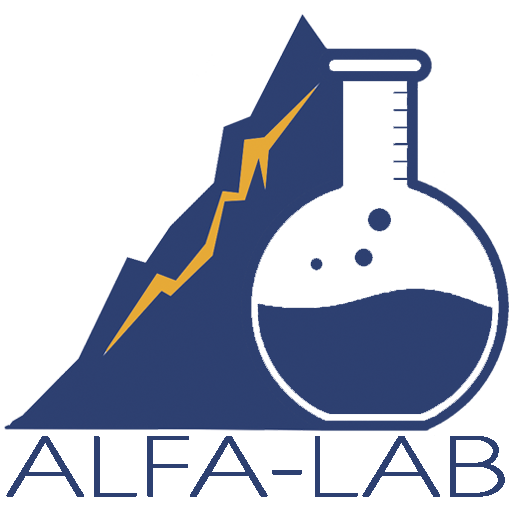Want to know the cost? Fill out the application and we will contact you
Preparation of samples
The purpose of sample preparation is to homogenize the sample material and open mineral particles before analysis.
More details
Installation of laboratories
We have extensive experience in organizing laboratories and selecting equipment for facilities
More details
BOTTLE AGITATION
These are process ests of the ability of ores to be leached by dynamic cyanidation. The tests provide primary information on the recoverability of precious metals and the consumption of reagents. Recovery rates can be as high as possible (0.074 mm ground ore), since the attrition of the ore creates a fine fraction and releases the metal, which is not possible in an industrial heap leaching process. Bottle cyanidation tests can be carried out with samples of different weight and particle size to obtain conditions as similar as possible to the production ones. To adjust the pH, lime is added to the slurry, then sodium cyanide is added until the desired concentration of the working solution is reached. Slurry is mixed in vessels fixed in laboratory agitators. Rotation is interrupted only for sampling the pregnant solution and determining the recovery rates, for example, 2, 6, 8, 24 (if necessary, and more) hours after the start of the test.
After leaching is completed, the slurry is filtered to separate the liquid and solid parts, determine their characteristics and analyze them. The solid residue is thoroughly washed and sent directly to the analysis to determine the residual contents of precious metals, or divided into fractions by size to determine not only the total content of metals, but also their distribution by fractions. Screen separation of the leached residue and analysis by fractions, as a rule, is considered to be more preferable, as you can obtain information about particle sizes of the source material at which precious metal is released best of all.
The results of process tests by the method of bottle agitation allow to quickly assess the degree of suitability of ores for heap leaching. Ore is considered suitable for the application of this method if it is well "opened" by agitation (bottle) cyanidation with a sufficiently coarse grain size composition of the source material. This method allows to quickly obtain information about the recovery rate, if the deposit contains different types of ores by fractions of different sizes, recovery factors and reagent requirements. The results of analyses of the solid residue dispersed in fractions characterize the residual contents of precious metals, the degree of their extraction for each of them.
After obtaining the analysis data, the degree of recovery is calculated by comparing the volumes and contents in the source material, the pregnant solution and the solid residue.
Want to know the cost? Fill out the application and we will contact you
Preparation of samples
The purpose of sample preparation is to homogenize the sample material and open mineral particles before analysis.
More details
Installation of laboratories
We have extensive experience in organizing laboratories and selecting equipment for facilities
More details
